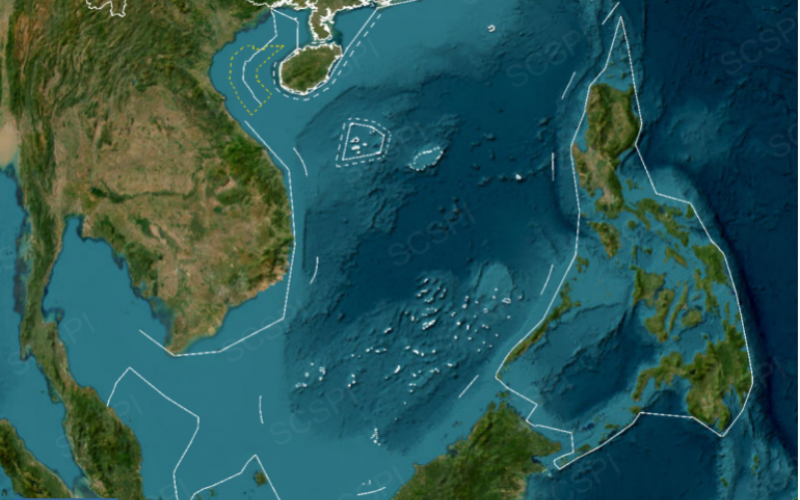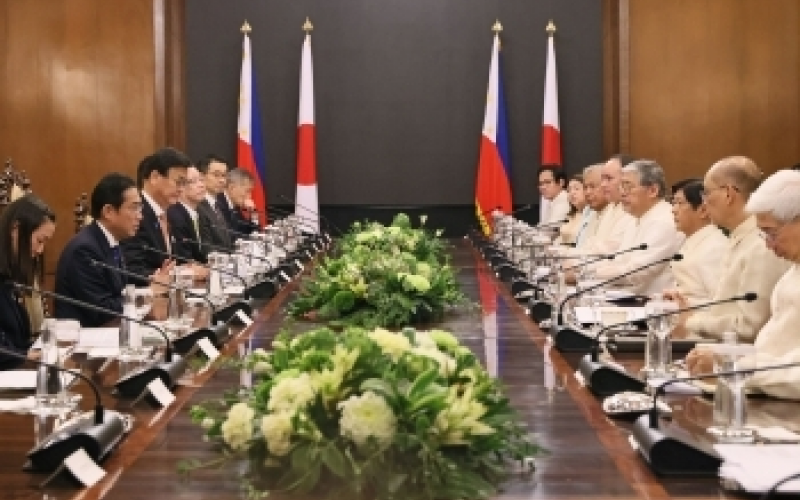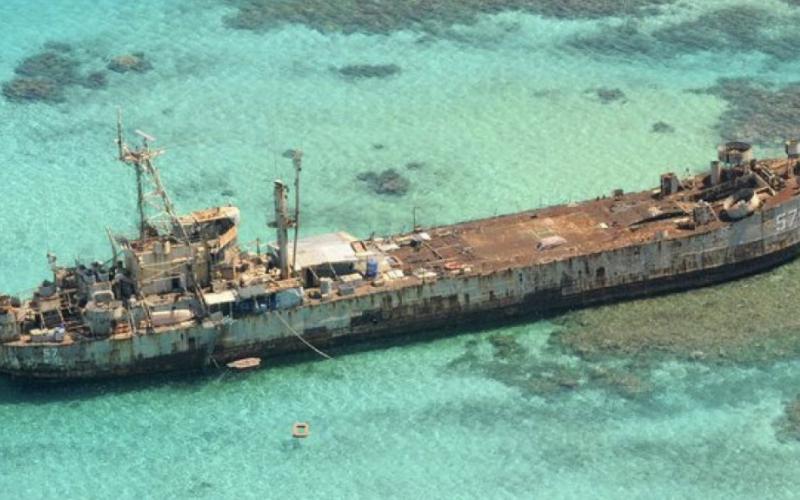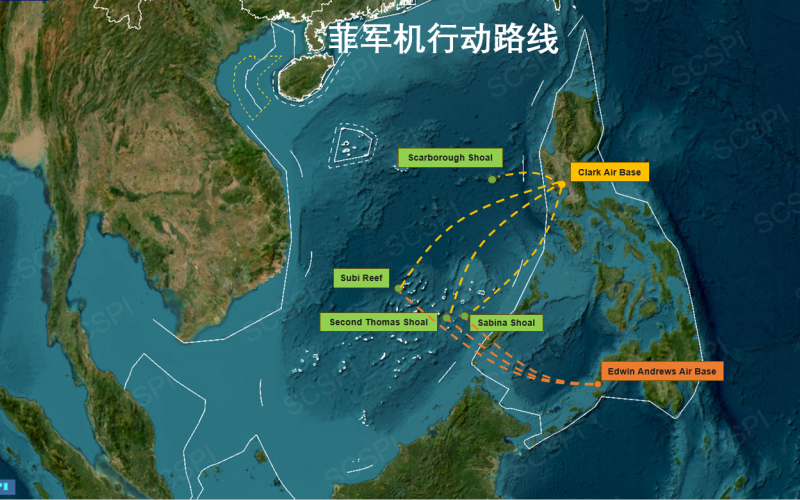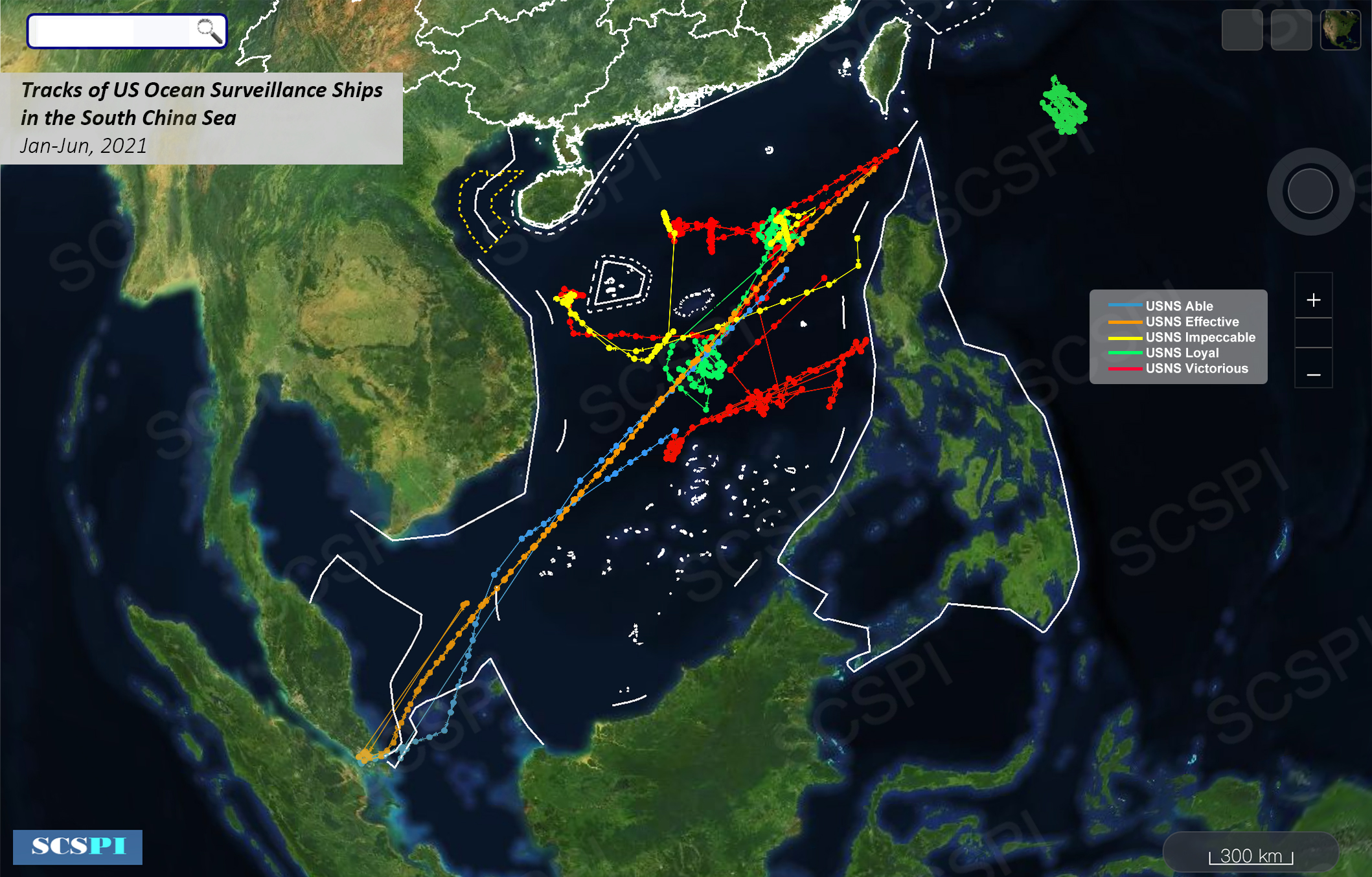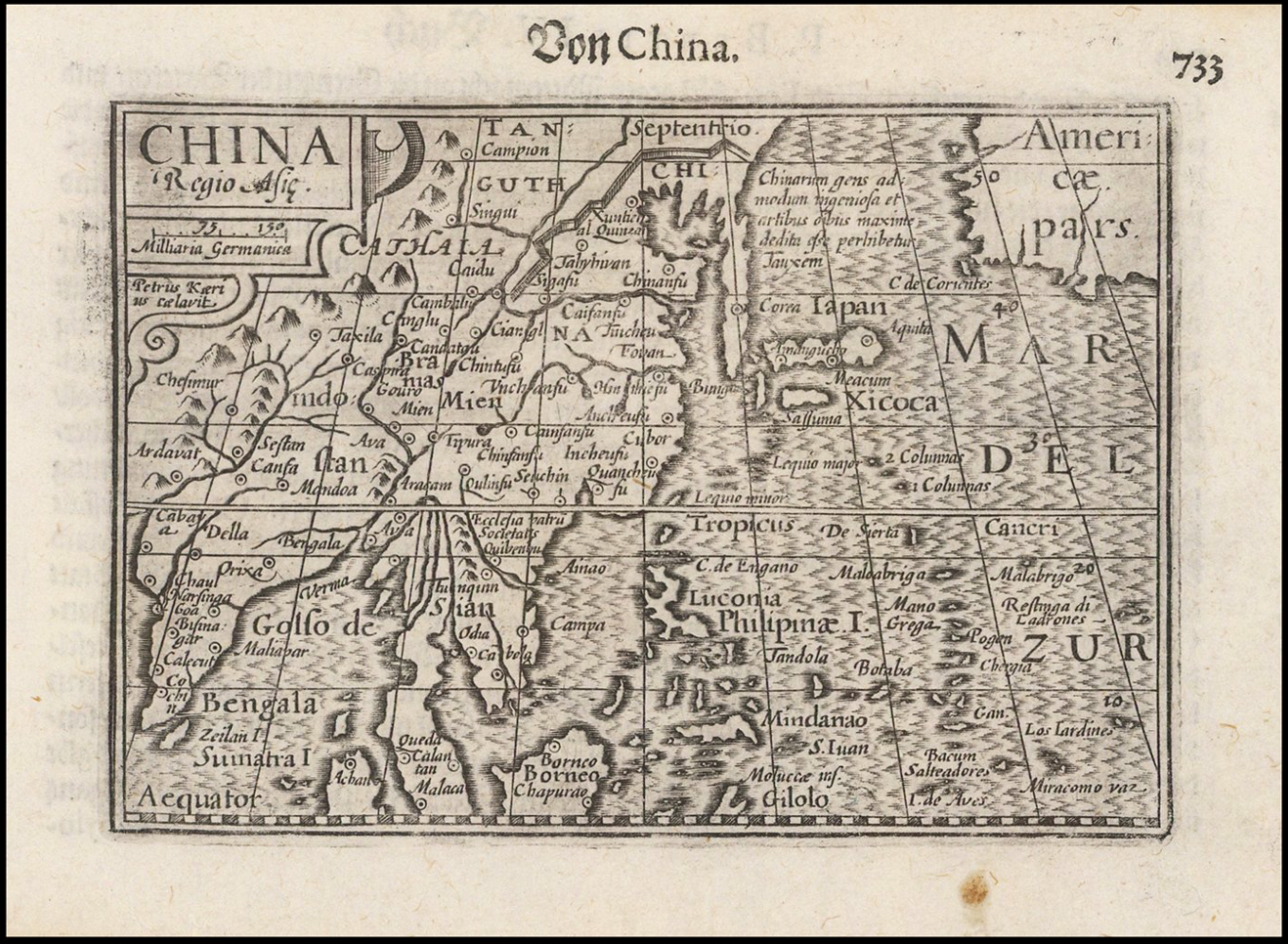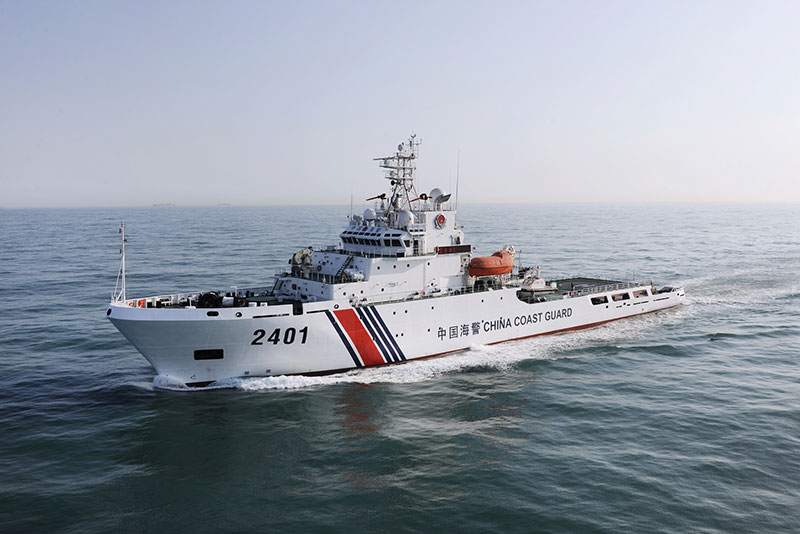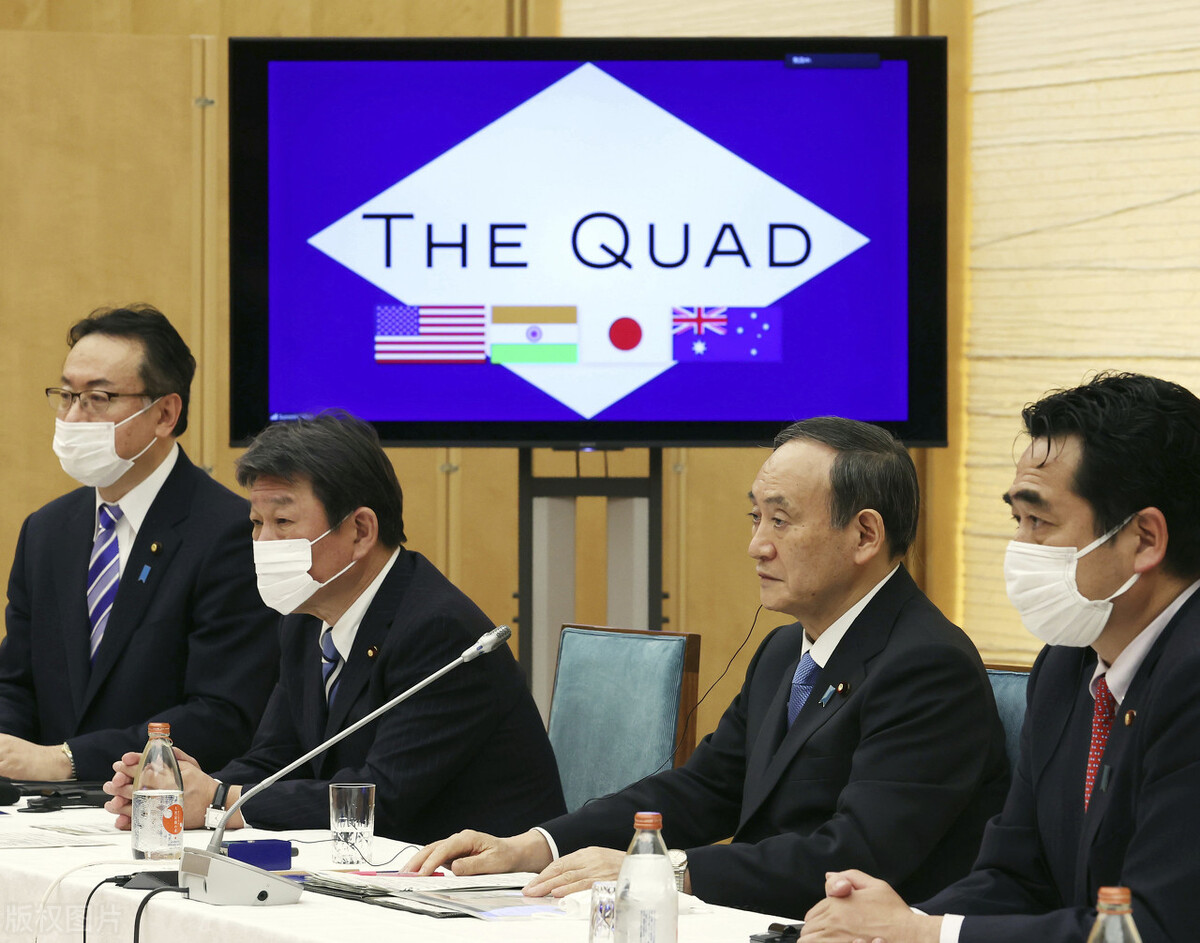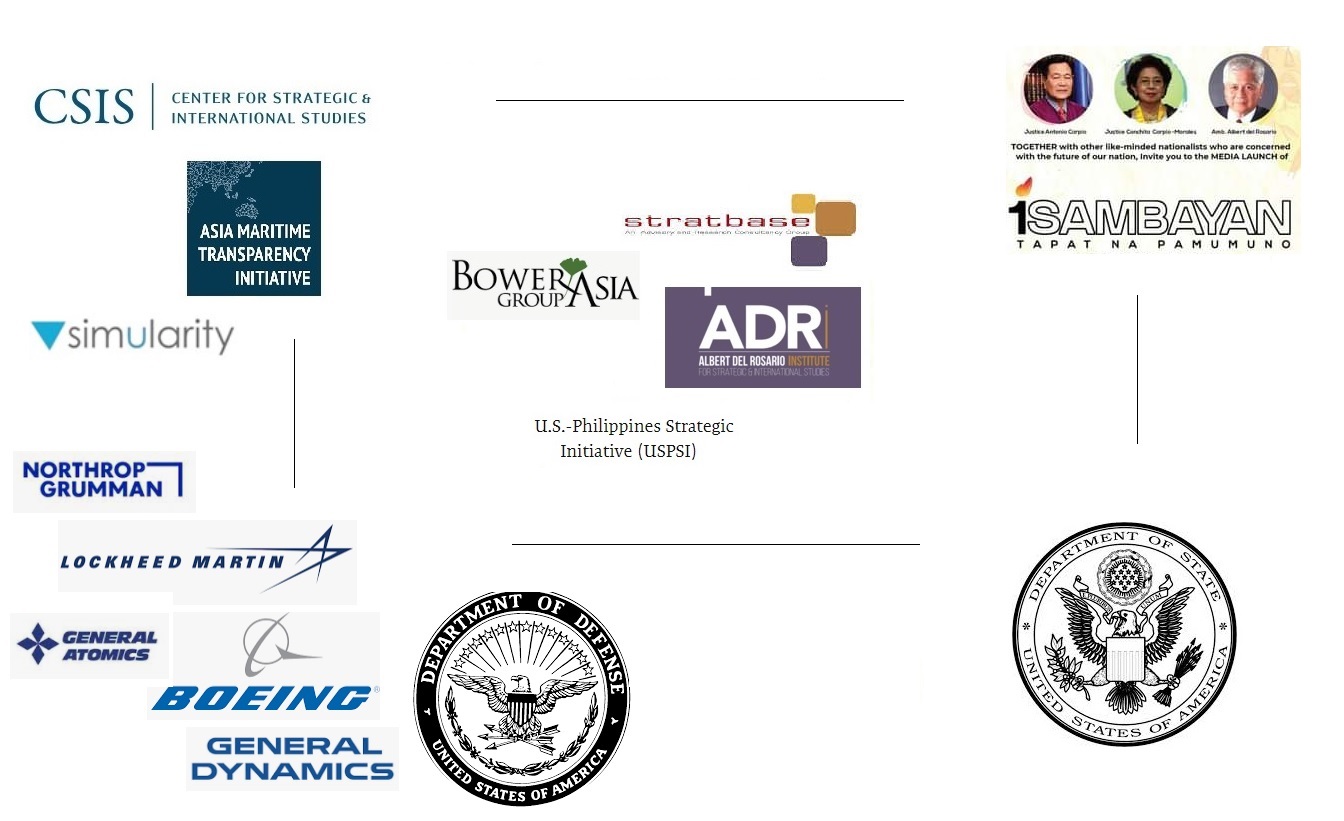TOP STORIES
2021-07-13 | BY SCSPI
SCSPI mapped out the paths through AIS data, with their activities showing the following features.
2021-06-01 | BY Mark Hoskin
Recently, the war of words that continues to create volumes for followers of the South China Sea dispute has been taken in a new direction, although the issues of the past remain, perpetuating a north-south divide based on religious and other differences because the US did not want the entire archipelago.
2021-05-17 | BY Hu Bo
The US has repeatedly emphasized the necessity of expanding the rules of air and maritime encounters to coast guard and “maritime militia”, such as the Code for Unplanned Encounters at Sea (CUES), and including the coast guard in bilateral dialogue mechanisms, such as the China-US Military Maritime Consultative Agreement (MMCA). During other bilateral official, semi-official exchanges and think-tank communications, the US insists on taking the issue as the top priority of managing maritime crises and frequently accuses China of its negative attitude toward the issue and insincerity in crisis management. Nevertheless, in my point of view, such requirements of the US are not only unrealistic but also unreasonable; it is just within the expectations that no response has been made on the Chinese side.
2021-04-16 | BY Chen Yong
The Japanese government, disregard of causes and consequences of an incident, links the East China Sea with the South China Sea on all occasions, being obsessed with showing concerns over and oppositions to China’s “aggravating tensions”. This hype of China-related maritime issues and the unjustified playing-up of China’s acts generates a feeling that the Japan hopes something to go wrong and tries depicting China as a “bully”.
2021-04-12 | BY Dan Steinbock
As a concerted effort to inflame tensions in the South China Sea, the recent Felipe Reef debacle is in a class of its own. The objective is to create conflict, continue the Visiting Forces Agreement (VFA) and mitigate Duterte’s legacies.





